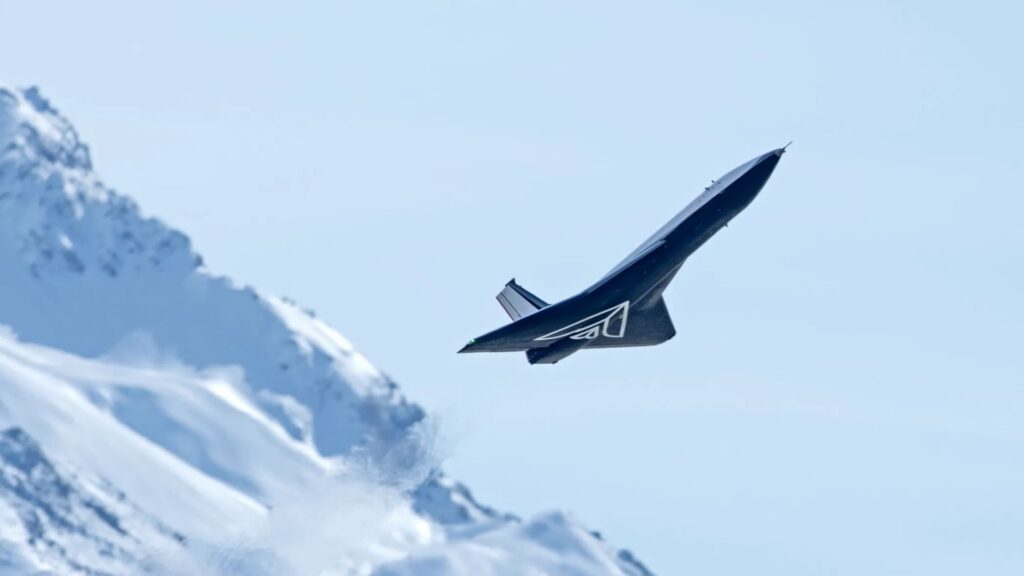New Zealand-based Dawn Aerospace has announced its first major deal to operate its Aurora Mark 2 suborbital spaceplane in the United States, signing a binding agreement with the Oklahoma Space Industry Development Authority (OSIDA) to begin flights from the Oklahoma Air and Space Port by 2027.
The $17 million partnership marks the inaugural deployment of Aurora outside New Zealand, where initial test flights will take place. Under the agreement, Dawn will provide both the Aurora Mark 2 vehicle and an operations team. The company plans to train Oklahoma-based personnel in New Zealand before transitioning them back to manage up to 100 flights annually from the Burns Flat facility.
The Aurora Mark 2 is a runway-launched spaceplane capable of transporting payloads of up to five kilograms to an altitude of 100 kilometers, offering short-duration microgravity environments before returning for a conventional runway landing. Unlike traditional space launch services, Dawn’s business model allows customers to eventually operate the vehicles themselves, resembling the commercial aviation approach.
“They wanted to be sure that at least the first year of operations would go well,” said Dawn CEO Stefan Powell, referring to OSIDA. “We’re happy to commit to doing that, but ultimately, we want to empower them to operate the vehicle independently.”
OSIDA, which has long sought to attract commercial space activity to the former Air Force base at Burns Flat, sees this as a turning point. The spaceport is already licensed by the Federal Aviation Administration (FAA), giving it a head start in supporting suborbital missions.
“With targeted investment, the state is moving to secure frequent and reliable space access,” said Oklahoma Lieutenant Governor Matt Pinnell. “Burns Flat is set to become America’s busiest suborbital launch site.”
Jim Bridenstine, former NASA Administrator and a former Oklahoma congressman, added that hosting the Aurora spaceplane at the site could significantly cut costs and boost microgravity access for research, defense, and commercial applications.
Though the FAA has licensed the site, Dawn is still working with the agency to determine how best to certify the Aurora vehicle. Options include licensing under Part 450 regulations for launch vehicles or obtaining a less complex experimental permit. Powell indicated that current FAA rules don’t fully align with Aurora’s hybrid aircraft-spacecraft design, but recent policy shifts on supersonic and drone operations may ease the process.
Beyond Oklahoma, Dawn is seeing growing interest from airports across the U.S. and Europe, even those not currently certified as spaceports. The versatility of Aurora opens up new avenues for scientific research, defense simulations, and hardware testing in near-space conditions at a fraction of the traditional cost.
Looking ahead, Dawn Aerospace plans to deliver the first operational Aurora to Oklahoma in 2027, followed by one or two more in 2028, with production eventually reaching five vehicles per year. The company is actively signing up customers interested in suborbital science, microgravity testing, and national security applications.
“It’s an aircraft, but it can go to space,” said Powell. “The high cadence and low cost totally blow the applications wide open.”

